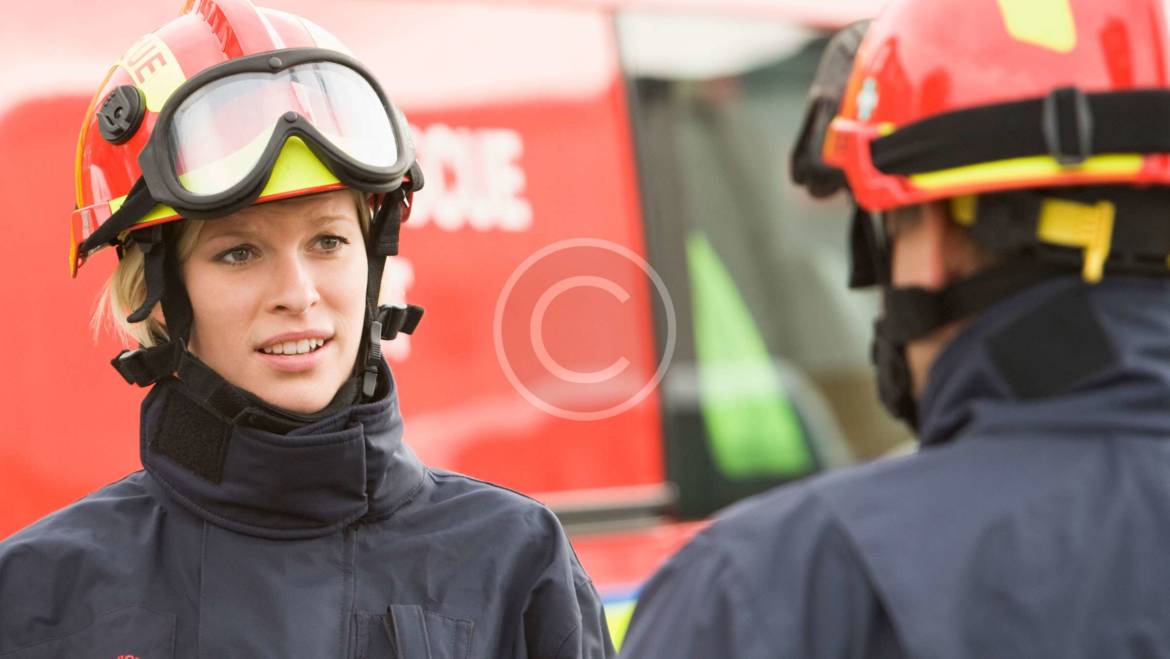A mass casualty incident (MCI) can occur in various forms, from natural disasters to terrorist attacks, and it can overwhelm emergency services. Knowing how to respond effectively can save lives. Here’s a guide on how to handle a mass casualty incident:
1. Stay Calm and Assess the Situation
The first step is to remain calm. Take a moment to assess the scene:
- Identify the type of incident (e.g., explosion, fire, natural disaster).
- Determine the number of victims and their visible conditions.
- Look for any ongoing hazards (e.g., gas leaks, fire).
2. Ensure Your Safety
Before providing assistance, ensure your own safety. Avoid rushing into dangerous situations without proper equipment or support. If the environment is unsafe, wait for trained responders.
3. Call for Help
Immediately call emergency services (911 in the U.S.) to report the incident. Provide clear and concise information, including:
- The location of the incident.
- The nature of the incident.
- The number of casualties and their conditions.
4. Establish a Command Structure
If you’re in a position of authority or responsibility, establish a command structure. Assign roles to individuals based on their skills and experience, ensuring everyone understands their responsibilities.
5. Implement Triage Procedures
Triage is essential in an MCI to prioritize care based on the severity of injuries. Use the following categories:
- Immediate (Red): Life-threatening injuries that require immediate attention.
- Delayed (Yellow): Serious but not life-threatening injuries that can wait for treatment.
- Minor (Green): Non-life-threatening injuries; can wait for care.
- Deceased (Black): Victims with no signs of life.
Quickly assess victims and categorize them accordingly to optimize resource allocation.
6. Provide Basic First Aid
If you’re trained, provide basic first aid to victims, focusing on those categorized as immediate. Common interventions include:
- Applying pressure to stop bleeding.
- Performing CPR if necessary.
- Keeping victims calm and comfortable until help arrives.
7. Communicate Clearly
Ensure clear communication among responders and victims. Use simple, direct language to give instructions and provide reassurance to those affected.
8. Maintain Situational Awareness
Keep an eye on the evolving situation. Be aware of potential hazards and the arrival of additional emergency services. Adjust your response as necessary.
9. Support Emotional Needs
Mass casualty incidents can be traumatic for both victims and responders. Offer comfort and reassurance, and encourage those who are able to help others. Recognize that emotional support is as crucial as physical care.
10. Debrief and Follow Up
Once the immediate crisis is over, participate in a debriefing session with responders and agencies involved. Discuss what went well and what could be improved for future incidents. This reflection helps enhance preparedness and response strategies.
Conclusion
Handling a mass casualty incident requires quick thinking, organization, and effective communication. By understanding the steps to take, you can play a vital role in saving lives and supporting your community during a crisis. Remember that preparedness and training are key; consider participating in emergency response training to equip yourself with the skills needed for such situations. Stay safe and be ready to act when it matters most!


0 Comments
ik0b77
Add Comment